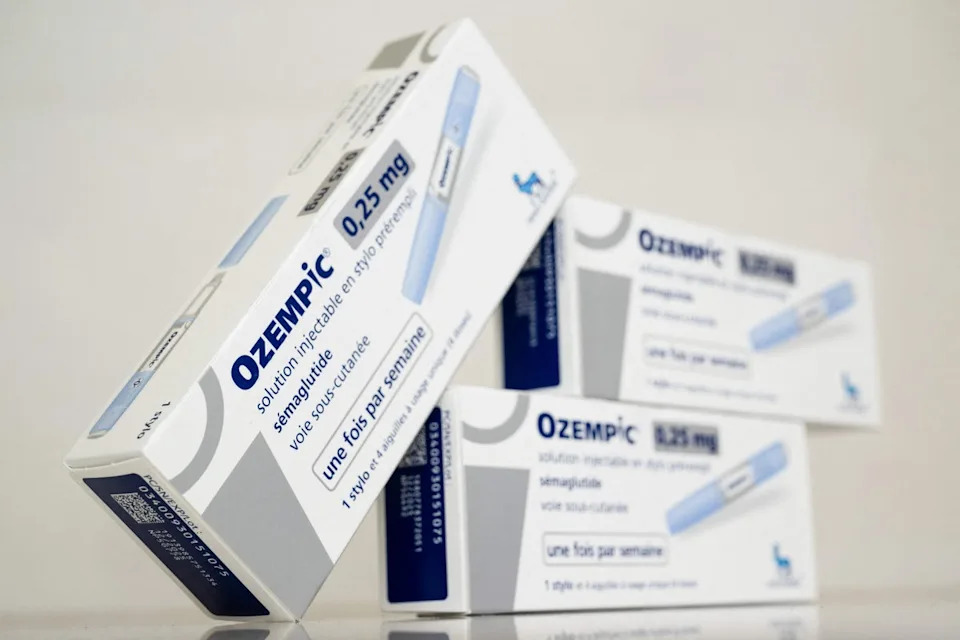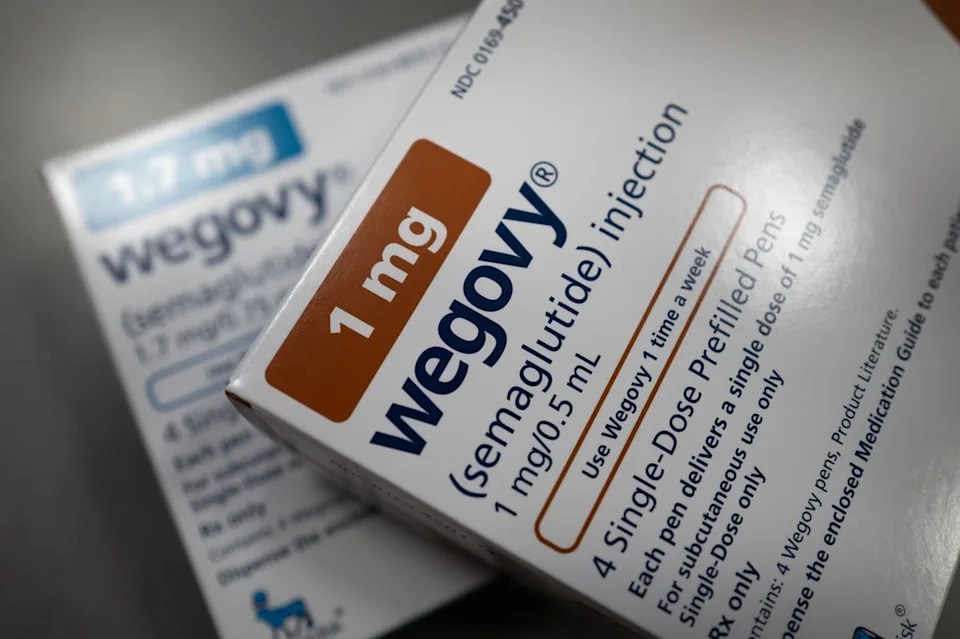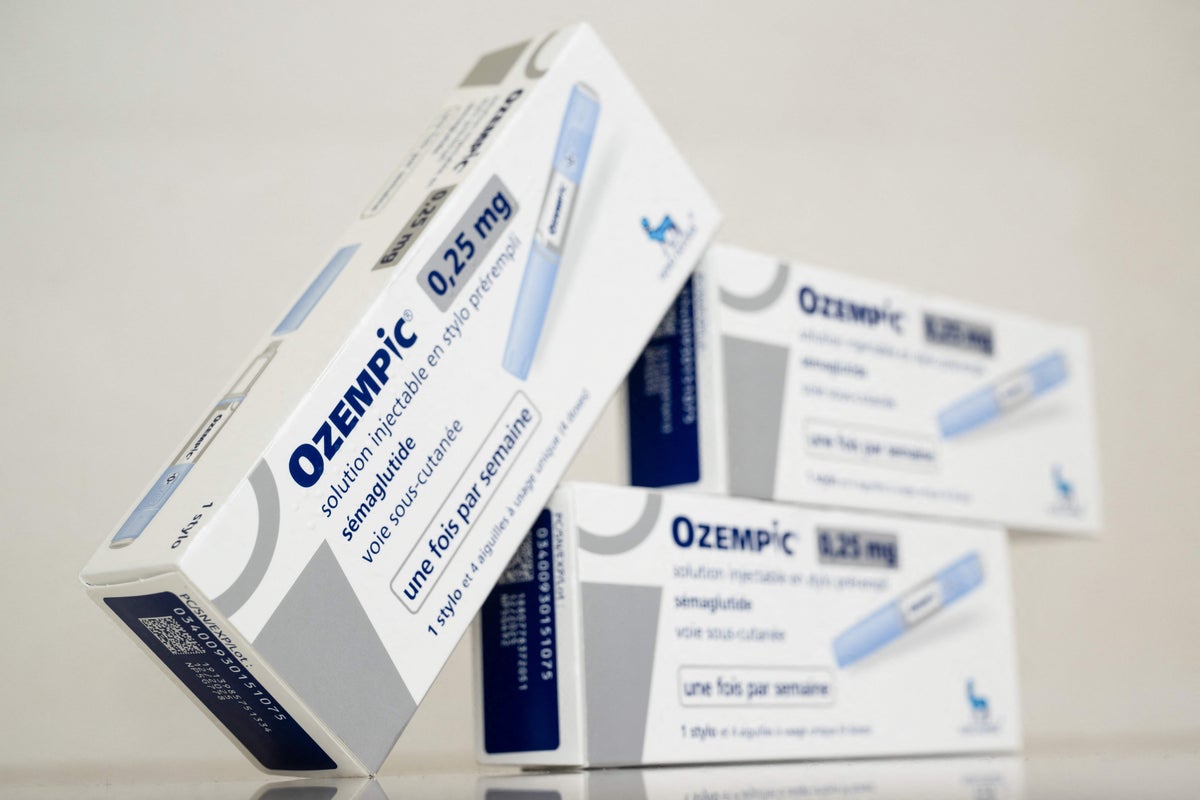A new “unusual” side effect of weight-loss drugs is becoming more common, research has suggested.
Weight-loss drugs such as Ozempic and Wegovy have soared in popularity. About one in eight U.S. adults said they’ve taken a GLP-1 drug, used to treat type 2 diabetes and obesity, according to a Kaiser Family Foundation poll published in May 2024.
But like with any other drugs, there are side effects, including a newly found one that could interfere with medical imaging.
Researchers from Alliance Medical, a European imaging service provider, reviewed oncologic FDG PET-CT scans in patients taking GLP-1 drugs.

A new ‘unusual’ side effect of weight-loss drugs is becoming more common, research has suggested (Sebastien Bozon/AFP via Getty Images)
With an FDG PET scan, a patient gets an IV injection of a radiotracer called fluorodeoxyglucose. Diseased cells in the patient’s body absorb more of the radiotracer than healthy ones do, and the PET scanner detects these “hot spots,” according to the Cleveland Clinic. Healthcare providers may perform a PET scan and a CT scan, which uses X-rays, at the same time to produce more accurate 3D images.
Alliance Medical researchers found several abnormal patterns of FDG uptake in patients taking GLP-1 drugs, according to a September presentation at the Annual Congress of the European Association of Nuclear Medicine. These abnormal patterns could be misinterpreted by doctors if a patient’s medication history is not considered.
“We noticed unusual uptake in one of our patients on a GLP-1 agonist, which prompted a wider review across our network,” lead author Dr. Peter Strouhal, Medical Director at Alliance Medical, said in a statement published by the American Association for the Advancement of Science.
“We found that these altered patterns are increasingly common, yet there is currently no national or international guidance in the UK addressing this emerging issue.”

GLP-1 drugs may interfere with medical imaging, leading to unnecessary tests, researchers have found (Scott Olson/Getty Images)
If patients’ scans are misinterpreted, it can lead to unnecessary tests, incorrect cancer staging and delays in treatment.
“Recognizing the characteristic uptake associated with GLP-1 agonists helps avoid unnecessary anxiety and interventions, ensuring patients receive the right care, at the right time, without detours or doubt,” Dr. Strouhal added.
Researchers advise that imaging professionals carefully document patients’ medication history to help avoid these misinterpretations.

